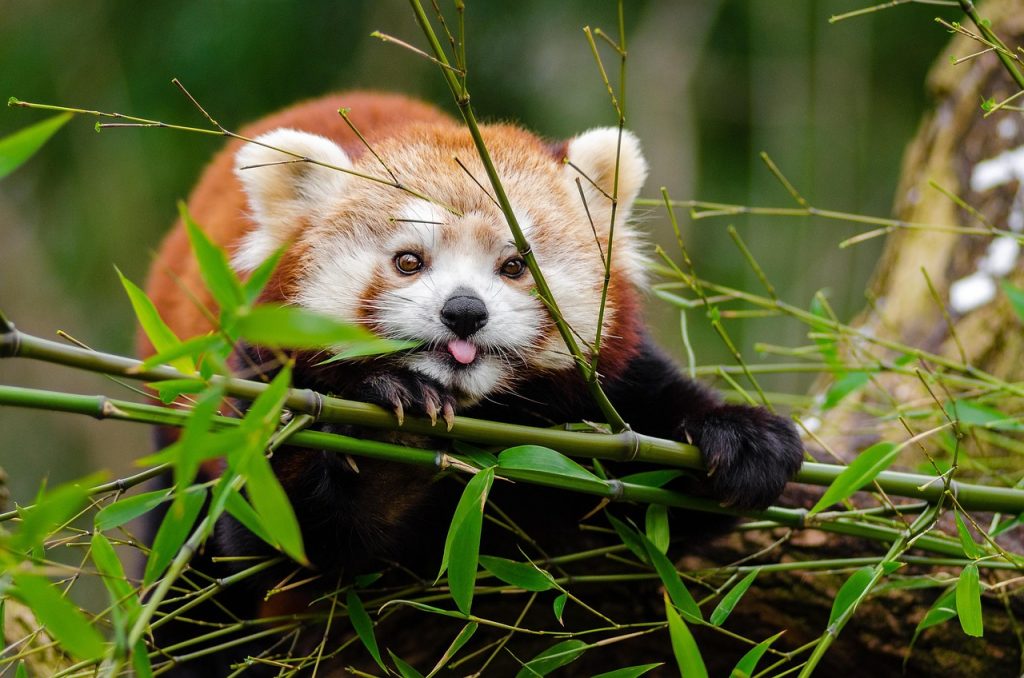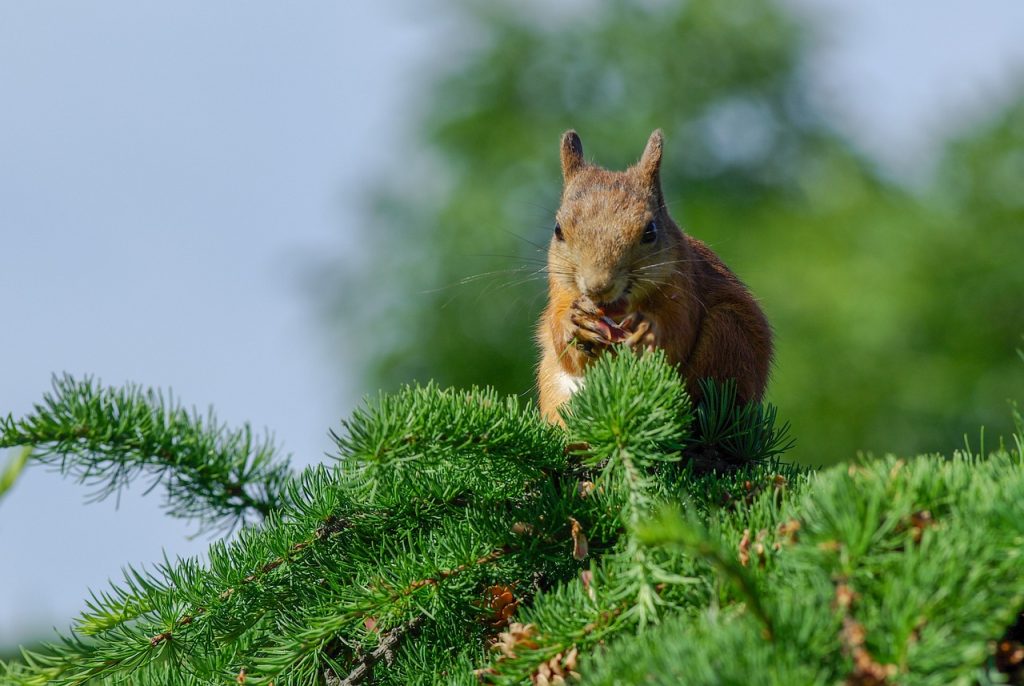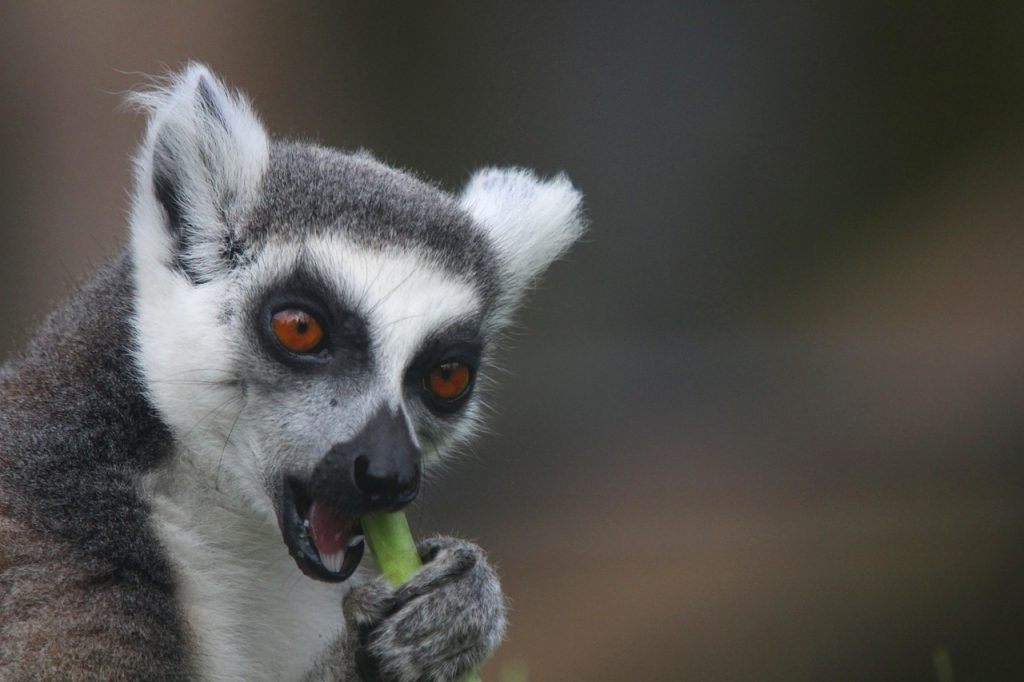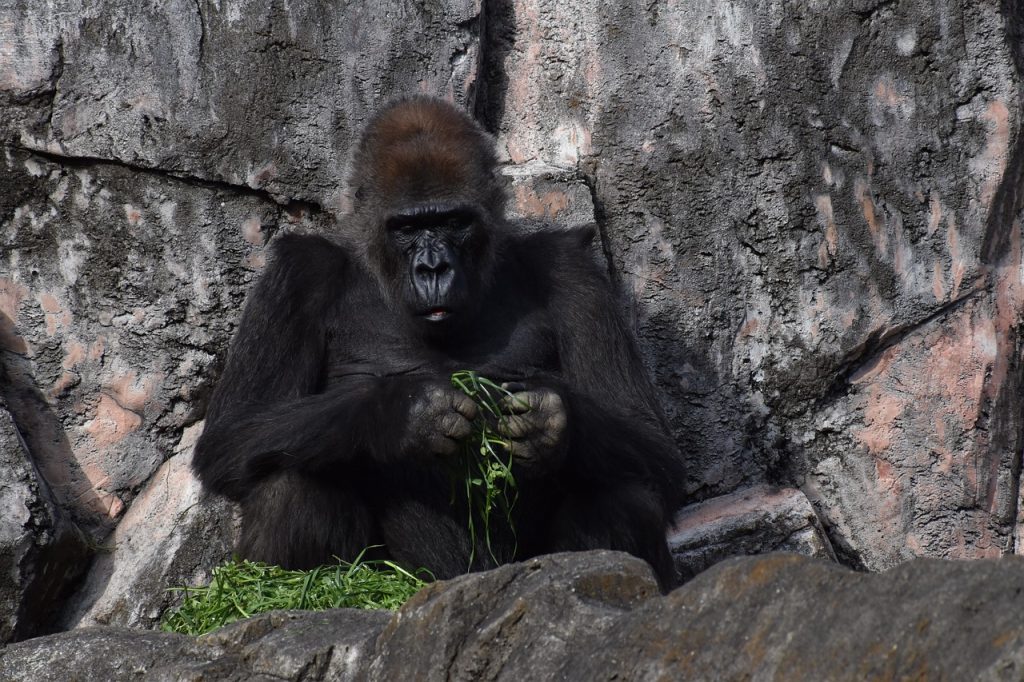Wondering what types of animals eat only plants and which plants they munch on? From lush grasses to thorny acacia leaves, plants are the main course for herbivores across the globe. This guide is like a botanical tour, spotlighting the top plants that plant-eating animals love and naming the creatures that feast on them. Perfect for beginners, we’ll explore what types of animals eat only plants by focusing on the plants they devour, using simple words to make it fun and easy to understand. Let’s dive into the green world and see which animals enjoy these leafy treats!

Why Focus on Plants?
Herbivores, or animals that eat only plants, rely on specific plants like grasses, leaves, or nectar to survive. Each plant offers unique nutrients, and herbivores have special adaptations, like strong teeth or long tongues, to eat them. A 2025 Ecological Plant Study notes that plant diversity supports 30% of animal species, all herbivores, shaping ecosystems by balancing plant growth. This guide to what types of animals eat only plants highlights key plants and the animals that depend on them.
How Plants Feed Herbivores
Plants provide energy, fiber, and nutrients for herbivores. Some are tough (like bark), others are soft (like nectar), and each attracts specific animals with features like flat teeth or hovering beaks. By focusing on plants, we’ll see how what types of animals eat only plants are linked to their favorite foods, from land to sea.
Key Plants and What Types of Animals Eat Only Plants
Let’s tour the plant world, exploring the top plants that herbivores eat and which animals love them. We’ve organized them by plant type, grasses, trees/shrubs, flowers, and aquatic plants—for a clear, beginner-friendly guide.
Grasses: The Grazing Favorites
Grasses are tough, fibrous plants that grow in fields and savannas, loved by many herbivores.
- Ryegrass and Clover
- Description: Short, green grasses and leafy clover, rich in nutrients, found in grasslands and farms.
- Animals that eat them:
- Cows: Graze up to 100 pounds daily, using four-chambered stomachs to digest.
- Rabbits: Nibble clover and grass with sharp teeth, eating their body weight weekly.
- Why they love it: Grasses are abundant and easy to chew.
- Fun fact: Cows’ grazing keeps grasslands from overgrowing.
- Where to find: Farms, meadows, backyards.
- Bermuda Grass
- Description: Tough, fast-growing grass is common in warm climates.
- Animals that eat them:
- Horses: Munch large amounts with flat teeth, digesting in large stomachs.
- Deer: Graze on tender grass tips, especially at dawn.
- Why they love it: Bermuda grass is nutrient-rich and widely available.
- Fun fact: Deer helps spread grass seeds through their droppings.
- Where to find: Fields, pastures.

Trees and Shrubs: Leafy and Woody Delights
Trees and shrubs offer leaves, bark, and twigs, attracting herbivores with long necks or strong jaws.
- Acacia Leaves
- Description: Thorny, feathery leaves on acacia trees in savannas.
- Animals that eat them:
- Giraffes: Use long necks and 18-inch tongues to eat 75 pounds daily, dodging thorns.
- Antelopes (e.g., Impala): Nibble lower acacia leaves with agile mouths.
- Why they love it: Acacia leaves are protein-rich, perfect for savanna life.
- Fun fact: Giraffes’ tongues are tough enough to handle thorns.
- Where to find: African savannas, zoos with giraffes.
- Eucalyptus Leaves
- Description: Tough, oily leaves on eucalyptus trees, native to Australia.
- Animals that eat them:
- Koalas: Eat 1–2 pounds daily, with special stomachs to digest toxic leaves.
- Why they love it: Eucalyptus is their main food, providing moisture and nutrients.
- Fun fact: Koalas sleep 18–20 hours to save energy from this low-nutrient plant.
- Where to find: Australian forests, wildlife sanctuaries.
- Bark and Twigs (Various Trees)
- Description: Tough outer layers and small branches of trees like willow or baobab.
- Animals that eat them:
- Elephants: Strip bark and twigs with trunks, eating 200–300 pounds of plants daily.
- Beavers: Chew bark and twigs with strong teeth for food and dam-building.
- Why they love it: Bark offers fiber and nutrients when leaves are scarce.
- Fun fact: Elephants shape forests by clearing bark and branches.
- Where to find: Forests, savannas, near rivers.
Flowers: Nectar and Pollen Treats
Flowers provide sweet nectar and pollen, attracting flying herbivores.
- Nectar (Various Flowers)
- Description: Sugary liquid in flowers like hibiscus or trumpet vines.
- Animals that eat them:
- Hummingbirds: Sip nectar from 2,000 flowers daily with long, straw-like beaks.
- Butterflies: Drink nectar with tube-like mouths, pollinating flowers.
- Why they love it: Nectar is a high-energy food for fast-moving animals.
- Fun fact: Hummingbirds hover like helicopters to feed.
- Where to find: Gardens, tropical regions.
- Pollen (Various Flowers)
- Description: Powdery substance in flowers, rich in protein.
- Animals that eat them:
- Hummingbirds: Eat pollen while sipping nectar, aiding pollination.
- Bees (some species): Collect pollen as food, though most bees aren’t strictly herbivorous.
- Why they love it: Pollen provides protein for small, active animals.
- Fun fact: Hummingbirds pollinate flowers while eating.
- Where to find: Flower gardens, meadows.
Aquatic Plants: Underwater Greens
Aquatic plants like seagrasses grow in water, feeding marine herbivores.
- Seagrasses
- Description: Grass-like plants growing underwater in coastal oceans.
- Animals that eat them:
- Manatees: Eat 10–15% of their body weight daily, using flexible lips to graze.
- Green Sea Turtles: Scrape seagrass with serrated beaks, eating pounds daily.
- Why they love it: Seagrasses are abundant and nutrient-rich in oceans.
- Fun fact: Manatees are called “sea cows” for their grazing habits.
- Where to find: Coastal waters, like Florida or the Caribbean.
- Algae
- Description: Simple, green plants growing on ocean surfaces or rocks.
- Animals that eat them:
- Green Sea Turtles: Eat algae alongside seagrass, using beaks to scrape it.
- Marine Iguanas: Nibble algae off rocks, diving underwater.
- Why they love it: Algae are easy to find in marine habitats.
- Fun fact: Green sea turtles get their green color from algae.
- Where to find: Tropical oceans, coral reefs.

Quick Reference Table for Plants and Their Herbivores
| Plant Type | Plant Examples | Animals That Eat Them | Key Adaptation |
|---|---|---|---|
| Grasses | Ryegrass, Clover, Bermuda | Cows, Rabbits, Horses, Deer | Flat teeth, strong stomachs |
| Trees/Shrubs | Acacia, Eucalyptus, Bark | Giraffes, Koalas, Elephants | Long tongues, strong jaws |
| Flowers | Nectar, Pollen | Hummingbirds, Butterflies | Long beaks, tube-like mouths |
| Aquatic Plants | Seagrasses, Algae | Manatees, Green Sea Turtles | Flexible lips, serrated beaks |
How Plants Support Herbivores
What types of animals eat only plants depend on specific plants for survival:
- Grasses: Provide fiber for grazers like cows and rabbits.
- Tree leaves: Offer protein for browsers like giraffes and koalas.
- Nectar/pollen: Fuel fast-moving hummingbirds and butterflies.
- Aquatic plants: Supply nutrients for manatees and sea turtles in water.
- Tip: Each plant matches the animal’s habitat and body design.
Read More: Types of Palm Plants
Where to See These Plants and Herbivores
Want to see what types of animals eat only plants in action?
- Grasses: Visit farms for cows or parks for rabbits/deer.
- Trees/Shrubs: Check zoos for giraffes/elephants or Australian sanctuaries for koalas.
- Flowers: Set up garden feeders for hummingbirds or butterflies.
- Aquatic plants: Join boat tours in Florida for manatees or snorkel for sea turtles.
- Tip: Use binoculars or guided tours for safe wildlife viewing.

Why These Plants Matter
Plants eaten by what types of animals eat only plants are vital to ecosystems:
- Sustain herbivores: Provide food for millions of plant-eating animals.
- Balance nature: Herbivores eating plants prevent overgrowth.
- Spread seeds: Animals like elephants scatter seeds in their poop.
- Pollinate flowers: Hummingbirds and butterflies help plants reproduce.
- Tip: Protecting these plants ensures herbivores thrive.
FAQs
Herbivores like cows, giraffes, hummingbirds, manatees, and butterflies eat plants like grasses, leaves, nectar, or seagrasses.
Their bodies are built for certain plants, like giraffes for acacia or koalas for eucalyptus, based on habitat and adaptations.
Visit farms for grasses and cows, zoos for acacia and giraffes, or coastal tours for seagrasses and manatees.
No, cows eat grasses, hummingbirds sip nectar, and manatees graze seagrasses, depending on their environment.
Plants feed herbivores, who control plant growth, spread seeds, and pollinate, keeping nature balanced.
Your Plant-Based Herbivore Guide
This guide to what types of animals eat only plants has taken you on a botanical tour, showcasing plants like grasses, acacia, nectar, and seagrasses and the herbivores that love them. From cows grazing clover to hummingbirds sipping nectar, you’ve learned how these plants fuel plant-eating animals and shape ecosystems. Whether you spot rabbits in your backyard or dream of seeing manatees munch seagrass, you now know what types of animals eat only plants and their favorite green meals. Keep exploring nature’s plant buffet and enjoy the leafy side of the animal kingdom!